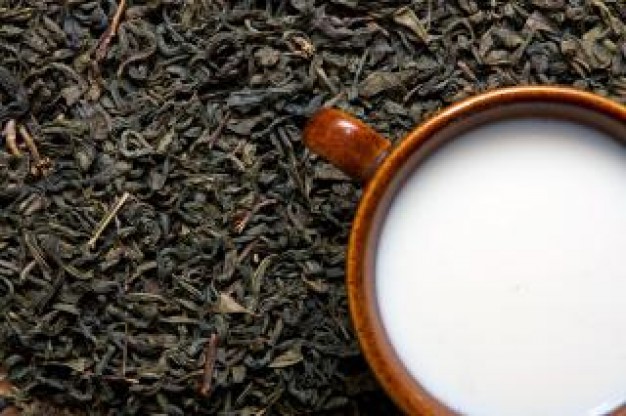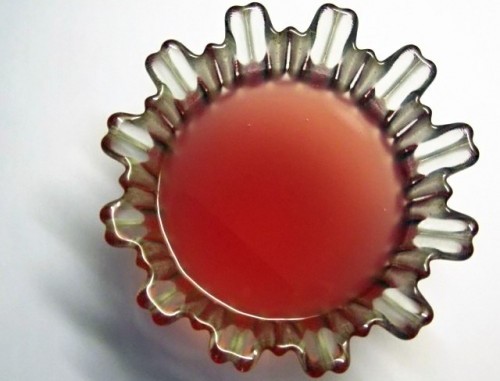The 5 Best Drinks in Russia: Vodka, Move Over
Think of Russia and you inevitably picture rivers of clear liquid damaging livers all across this enormous country. At over 17 million square kilometres, Russia is the largest country in the world by a huge margin – room for a lot of potato and grain crops, and consequently enough vodka to drown a shoal of судак (zander, one of Russia’s most popular fish).
But there’s much more to Russian drinks than just vodka. Here are a few of the more unusual tipples to track down to help keep warm in this chilly nation:
1. Sbiten (сбитень)
Sbiten is known as Russia’s traditional winter drink, with honey as its main ingredient. The honey is usually combined with water, spices and sometimes jam, and heated to make it a thoroughly enjoyable beverage during Russia’s long winter months. To add to the traditional aspect of the drink, believed to date back as far as the 12th century, it is often poured from a large copper urn, called a samovar (самовар).
2. Ryazhenka (ряженка)
Admittedly, soured or fermented baked milk doesn’t sound like much of a treat in English, but Russians lap it up by the bucket-load. Most shops and markets sell ryazhenka, which is made by boiling or baking normal milk for eight hours or more, and fermenting it to give it a more yoghurt-like consistency. Ryazhenka has a pleasant appearance, not unlike a creamy, caramel-coloured milkshake. It just pays not to think too much about how it’s made as you knock it back!
Table of Contents
3. Mors (морс)
Mors is a low-alcohol, flat beverage made from a variety of berries, in particular the bilberry (черника) and the ever-popular cranberry. It is usually made by fermenting fruit juices and melding them with sugar syrup and water. The alcohol content of mors is not usually more than around 1%, though it is often used to spice up cocktails where the principal ingredient is, you guessed it, vodka.
4. Kissel (кисель)
Part-drink, part-dessert, kissel is popular across much of northern Europe. It is a form of sweetened juice, thickened by an additive such as starch and flavoured with different ingredients to greatly affect the taste. Berries, particularly cranberries (клюква), are especially popular, though for a more punchy combination you may want to search for the variety of kissel flavoured with Russian red wine.
5. Tea (чай)
Though it often seems as if the world tea-drinking title would be a straight fight between the English and the Chinese, Russia too has a famous tea culture. Far more people drink tea than coffee in Russia, which is usually drunk plain black with no milk or sugar added, though the range of tealeaves used is wide with different regions and cities favouring different blends. Most Russians have many packs of various types of tea at home, which they drink frequently throughout the day.
Those watching their weight should look out, however: it’s simply not right to enjoy tea in a café in Russia without some sort of sweet treat to accompany it.
Where to buy these drinks in Russia
Each of these drinks can be crafted from recipes or bought complete from shops (магазины) and markets (рынки) across Russia. You can also find them in most cafés (кофейня) and bars (бары).
To work out how likely you are to get served something other than vodka (водка) in one of these establishments, why not have a go at our Russian level test? It might save you attempting to ask for a cup of Darjeeling and ending up with a glass of Smirnoff!




